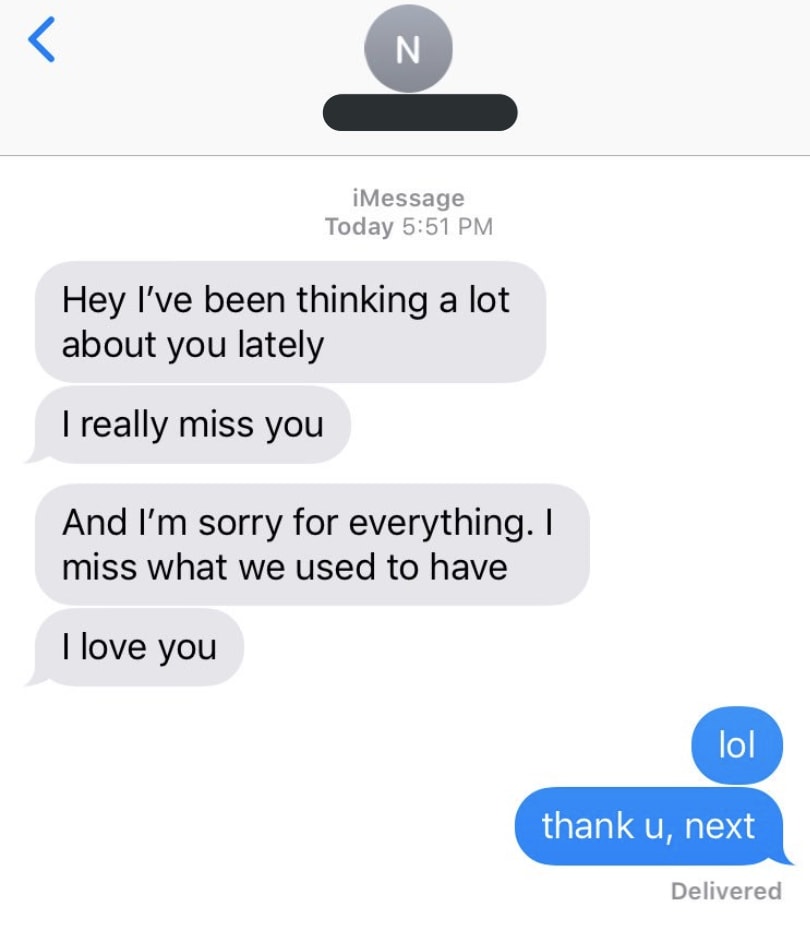
The Best Times to Text Your Ex: A Guide to Navigating the Post-Breakup Communication Landscape
Navigating the post-breakup landscape is often fraught with uncertainty. While the urge to reconnect with your ex might be strong, the timing of your communication can significantly influence its reception. Understanding when to reach out can make the difference between a productive conversation and a detrimental one. This comprehensive guide explores the optimal times to text your ex, considering various factors and potential outcomes.
Timing is Everything: Understanding the Dynamics of Post-Breakup Communication
The immediate aftermath of a breakup is typically characterized by heightened emotions and a need for space. This period is critical for both parties to process their feelings and begin the healing process. While texting your ex might seem tempting, it's generally advisable to refrain from initiating contact during this initial phase. Reaching out too soon can be interpreted as desperate, intrusive, or a sign of not respecting their need for distance.
The Importance of No Contact
The "no contact" period is a widely recommended strategy in post-breakup situations. It allows you to focus on personal growth, reflection, and emotional recovery. This period, which typically lasts anywhere from a few weeks to a few months, is not about ignoring your ex or pretending they don't exist. Instead, it's about creating space for both parties to heal and gain perspective.
When the Timing is Right: Considerations for Texting Your Ex
Once the initial emotional whirlwind has subsided and both parties have had time to heal, you can start considering the best time to text your ex. However, it's essential to approach this with a delicate balance of respect, intention, and careful consideration.
1. The "Friendly Check-In"
This is the most common and often the most effective way to re-initiate contact. It involves sending a casual, non-demanding text that checks in on your ex's well-being. Avoid bringing up the past relationship or making any romantic overtures. A simple "Hey, hope you're doing well" or "Just thinking about you" can be a good starting point. This approach is particularly effective if you maintain a cordial relationship with your ex's mutual friends or if you share a common group.
Best Times:
- A few weeks after the breakup, when the initial emotions have settled.
- On a day that holds significance for both of you, like a birthday or anniversary, but with a neutral message. Avoid referencing the past relationship.
- After a significant life event for either of you, like a job promotion or a graduation, where a brief message of congratulations is appropriate.
2. The "Shared Interest" Connection
If you and your ex share a common interest, like a hobby or a favorite band, using it as a bridge for reconnecting can be a good strategy. It shows genuine interest and creates a neutral ground for interaction. For example, if you both enjoy running, you could text, "Saw a great article about running trails near [location]. Thought you might find it interesting." Remember to keep the focus on the shared interest rather than the romantic past.
Best Times:
- When you are both likely to be engaged in the shared interest, like after a new running event or a concert announcement.
- If there are any upcoming events related to your shared interest, like a local race or a meet-up. This provides a natural opportunity to connect.
3. The "Need for Closure" Text
Sometimes, a breakup leaves one or both parties with unresolved feelings or unanswered questions. In such cases, it might be beneficial to text your ex to address these issues. However, it's crucial to approach this conversation with sincerity and a willingness to listen. Avoid blaming, accusations, or negativity. Focus on seeking closure and moving forward in a healthy manner.
Best Times:
- After a period of no contact, allowing both parties to gain perspective.
- When you feel emotionally stable and prepared for a potentially difficult conversation.
- If you have a clear idea of what you want to discuss and a willingness to listen to their perspective.
Understanding the Signs of a Positive Response
While the timing of your text is crucial, it's equally important to interpret your ex's response. A positive response usually involves:
- Prompt and thoughtful replies.
- Engagement in conversation.
- A willingness to share their thoughts and feelings.
- Signs of genuine interest in what you have to say.
Conversely, a negative response might involve:
- Delayed or curt replies.
- A lack of engagement or interest.
- Defensive or negative tone.
- Statements like "I'm not ready to talk" or "I need space."
Respecting Boundaries and Avoiding Misinterpretation
It's important to remember that even after the initial emotional turmoil subsides, your ex still deserves respect and consideration. If they express a desire for space, it's crucial to honor their boundaries. Avoid bombarding them with multiple texts or becoming persistent. Ultimately, their feelings and preferences should be respected.
Conclusion: Navigating the Post-Breakup Texting Landscape
Texting your ex can be a delicate dance, requiring a balance of timing, intention, and respect. While it's tempting to reach out immediately, a period of no contact can be beneficial for both parties. When considering texting, consider the nature of your message, the context of your communication, and your ex's potential response. By approaching this carefully and understanding the dynamics of post-breakup communication, you can increase the chances of a positive and productive interaction. Remember, the goal is to navigate this period in a way that promotes healing, closure, and respectful communication for both parties.
0 comments:
Post a Comment
Note: Only a member of this blog may post a comment.